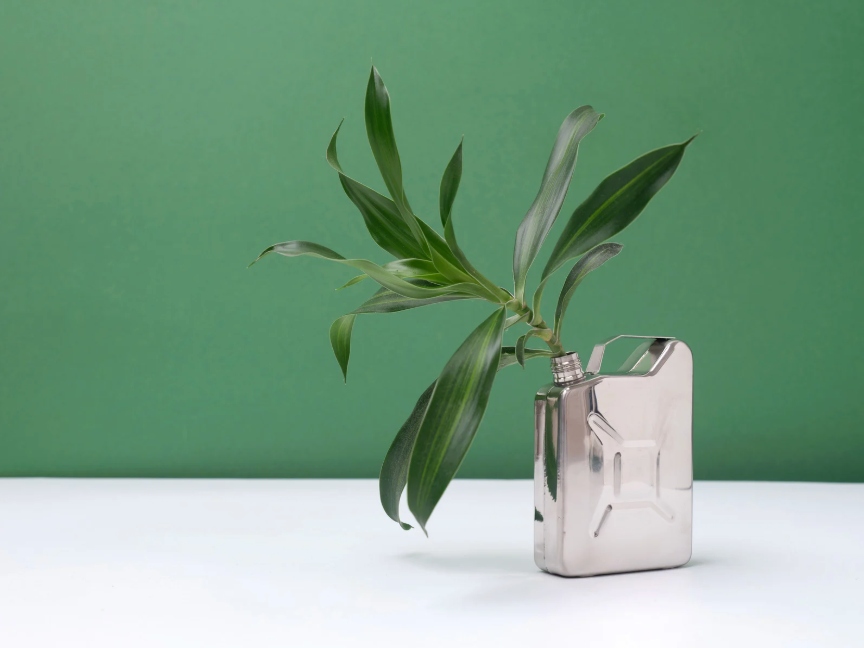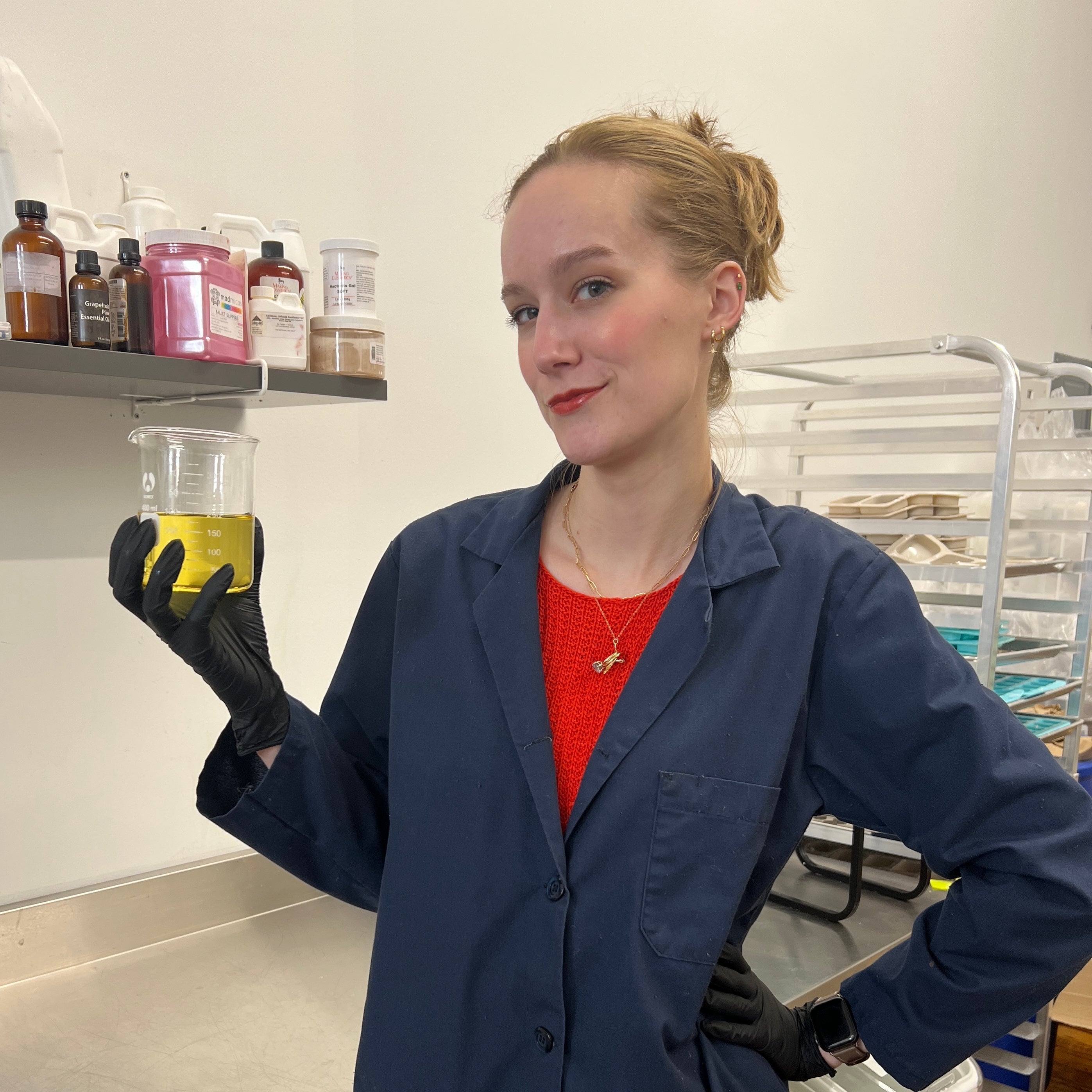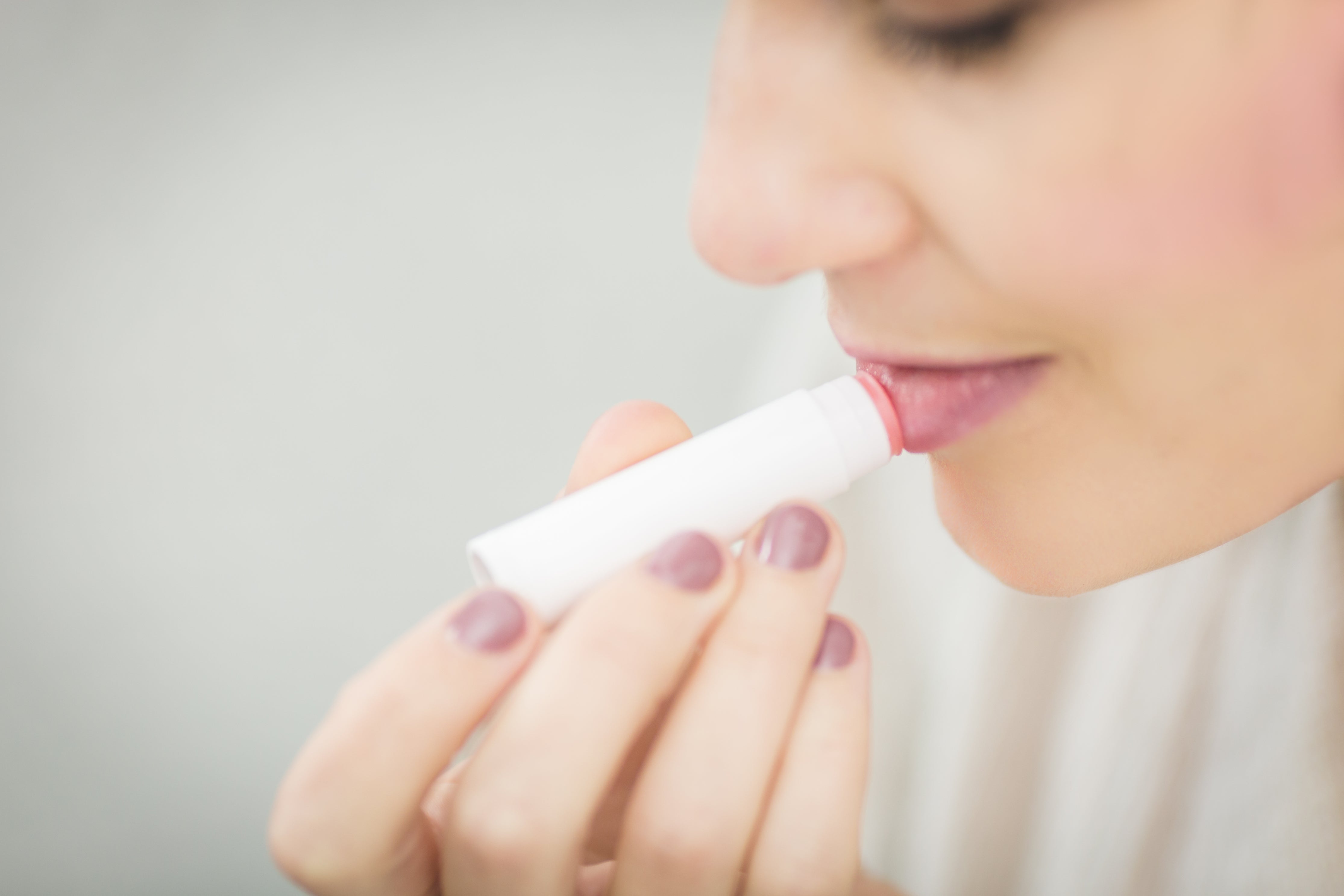Why You Need Tested + Safe SPF Products, and How to Spot Them

Your health & safety are the most important things.
Not here to alarm!
But I’m seeing companies lately offering “natural” untested sunscreens, or even suggesting you shouldn’t use sunscreen at all?? I’m a chemist and I don’t want you to get skin cancer. I can’t sign off on that!
SPF is critical to prevent skin cancer as well as sunburns, aka sun damage. As an added bonus, it’s one of the only proven ways to reduce signs of aging.
Of course you want to avoid rubbing unnecessary or even harmful ingredients on your skin…
👉 But how are you supposed to figure out which products are safe and effective as they claim… And what about the reefs? Isn’t reef-safe sunscreen a good thing?
There’s so much disinformation about SPF products, their safety, and their environmental impact.
So, I broke it down to make it easy for you:
🌞 How high an SPF do I really need?
You should never buy anything less than SPF 30. And if you work outside, bump that up to 50.
✅ SPF 30 blocks 97% of UVB rays, which cause burns and cancer. Meanwhile, UVA rays cause visible signs of aging. Sunscreens marked ‘broad spectrum’ cover both types of rays.
(you’d need to go all the way up to SPF 100 to block 99% of rays, and scientists don’t think that’s actually giving much benefit.)
But it’s not just the high enough SPF– make sure you’re applying enough to completely cover your exposed skin!
The general SPF dosage guideline is two fingers’ worth of a squeeze of sunscreen for face and neck coverage, aka a half teaspoon.

For full body coverage, you’ll want to use about an ounce– that’s a shot glass!
And if you’re out in the sun, especially swimming and/or sweating, you’ll want to reapply every two hours.
🌞 My makeup has a high SPF in it, so I’m good, right?
Check your makeup packaging– there’s often a disclaimer saying that the product provides protection when worn along with a sun protection product. And, you’d need to apply about a thick half teaspoon of SPF makeup on your face and neck to reach sufficient coverage for the SPF to be effective.
Makeup with SPF can help add extra protection, but you should always wear a true sunscreen below makeup.
Wait 15 minutes after you’ve applied SPF before you apply your makeup. This allows your sunscreen’s film to fully form and set, so you aren’t buffing away your skin protection while applying your blush, highlighter, or bronzer!
🌞 I saw someone saying you need to use mineral sunscreen because chemical sunscreens cause cancer?
That’s completely false.
Chemical sunscreens are safe and have not been shown to cause cancer, like some influencers would lead you to believe. And the source linked here is a world-class cancer center. Many more leading medical sources confirm the same thing.
So, if you don’t like the feel of mineral sunscreens, absolutely use chemical ones! And vice versa.
The right sunscreen for you is the one you’ll wear.
❎ Also, there’s no such thing as a mineral sunscreen that doesn’t look ashy on dark skin tones when used at the right amount. Don’t let brands fool you.
🌞 Are powder sunscreens and tinted SPF moisturizers really great for reapplying?
Remember how you need a half teaspoon of SPF on your face and neck for true coverage?
It's basically impossible to stick that much powder to your face. And unfortunately… you'd probably look like you slathered your face in peanut butter if you used that much tinted SPF moisturizer.
Plus, most SPF powders contain around 4 tsp of product– so, you're paying $30+ and only getting about a week of daily use!
What about sprays?
Sprays can help with a quick application and they dry fast, BUT it can be hard to tell how much coverage you’ve gotten, and you’re losing so much product in the off-spray that they’re not cost-effective either.
✅ Save your money and skin, stick with the cream (or clear chemical) stuff.
🌞 SPF makes my skin feel drier, does that mean it’s unhealthy?
We’ve seen “natural product” claims that SPF is bad for your skin– particularly those in the beef tallow camp. SPF ingredients can be drying– but that’s easy to solve.
Just layer on a light moisturizer a few minutes before applying sunscreen, and then after you’ve washed your face at the end of the day, moisturize as normal. That’s all!
(Also, for what it’s worth, beef tallow as skincare is comedogenic, meaning it can clog pores, and it goes rancid very quickly. If you like “slugging” or using Vaseline and are looking for an earth-safe and body-safe alternative, try our vegan petroleum-free The Jelly, or The Oil for a slightly lighter option).
🌞 Okay, how do I know if a sunscreen is safe and effective?
Here’s a SUPER easy way to find out: check for a drug panel.
In the US, sunscreens are classified as drugs. You can find a drug panel, like these, on the box or on the bottle:

No drug panel? Then it’s considered an adulterated product (this is an FDA/industry term) and has not been proven to have the SPF rating advertised.
Keep in mind, there won’t be a drug panel like that on products from other countries, like Korea or countries in the EU (where the sunscreen products are some of my very faves!).
But for sunscreens from these countries, only buy from trusted beauty stores and avoid sketchy websites or resale sites like Amazon or ebay. This is especially important for popular Korean sunscreens, since there are so many scams and fakes that look identical to the real deal.
🪸 Coral reefs need our help! Shouldn’t we use reef-safe sunscreen?
Don’t chemical sunscreens hurt our reefs? I have some bad news– there are a lot of ingredients in our sunscreens that could potentially hurt the reefs, even in mineral sunscreens.
On top of that, “reef safe” isn’t a regulated term so brands can put it on anything. It’s just a feel-good term companies use to market their products.
But importantly, the study these claims are based on are based on theory, not reality. These studies are performed in a lab under artificial conditions.
It’s hard to say if there is enough of a concentration of chemical sunscreen filters in our oceans to actually damage our reefs. The best option if you want sun protection while dipping in the ocean that won’t damage reefs is to cover up with clothing that has a UPF rating, and only apply SPF on uncovered parts of you.
🙅🏻♀️ What if I absolutely hate wearing sunscreen though?
I don’t love wearing sunscreen either, which is why I take it day by day. Is it rainy and wet out, and I’m not leaving the house? I’ll skip it.
Or check your weather app for the UV rating– if it’s super low for the day and I won’t be outside for very long? I’ll just skip sunscreen or cover up– a cute hat is a great option. Only if the UV rating is high, or if I’m out at the beach or spending the day outdoors, do I really wear SPF as directed and re-apply every few hours.
Please reach out if you have any more questions! Email us at contact@zerraco.com anytime at all. And for now, let me share a bunch of my very best sunscreen recs.
Hailey’s Sunscreen Recommendations:
Face
SuperGoop Mineral Mattescreen - I have oily skin, and I love how this evens out my skin tone and gives a solid SPF, all without making me look shiny. Fair warning, this does create a thick layer on skin so I don’t recommend using liquid foundation with this, but spot concealer and a powder foundation works perfectly. It’s also a bit dark for me in winter, so I only use this in summer. Since this is a mineral sunscreen, I don’t recommend it for dark/deep skin tones.
Innisfree Daily UV Defense - A great, lightweight, and affordable sunscreen. Great for all skin types and a fairly clean ingredient list to boot.
Powders
None. Powders with SPF ratings are difficult to apply properly so you won’t get the advertised SPF protection. Of course, applying a powder with an SPF on top of your regular sunscreen is great, but don’t wear just an SPF powder as your main form of protection.
Sprays
Gonna be honest, not a lot to recommend in this category. I think creams are far better at giving you dependable coverage and there’s less waste from off-spray.
Body
La Roche Posay Anthelios Body Sunscreen SPF 60 - This is a chemical sunscreen, and they also make this in a mineral version if you prefer. For body coverage, I reach for a higher SPF since I’m usually wearing it out on the beach or direct sunlight. It’s a little pricey, but you get what you pay for. It’s elegant, lightweight, and doesn’t cause body breakouts on me or my husband's sensitive skin.
Neutrogena Dry Touch SPF 70 - For a more affordable option, this is a great choice. It dries down nicely and stays put through sweat and water on bright sunny beach days. This is also available in a mineral stick, which is what I pull out for serious heavy duty SPF coverage, like on bald heads or necks where the sun can be most intense. Beware, the mineral stick has a white cast even on even the palest of skin! It’s not a fashion choice, but it is a great sunscreen when function is more important than fashion!
Imported
Beauty of Joseon Relief Sun Aqua Fresh - Easily my favorite sunscreen of all-time. Light, elegant, easy to wear, and a super high SPF rating. I have noticed when used with skincare products that include gums (like xanthan gum or acacia gum) it can make the sunscreen pill, but this is pretty rare. These UV filters aren’t approved by the FDA (yet!) but don’t fear, they’re approved for use in the EU and have been proven to be effective and safe. We’re just a little behind the times here in the US.








